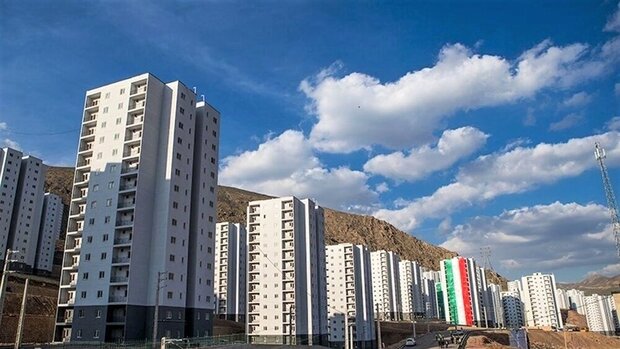Affordable Housing: Elderly in Tehran and Their Housing Problems

The report titled “Affordable Housing for the Elderly in Tehran and Their Housing Problems” addresses the pressing issue of housing for the elderly population in Tehran, Iran. As the number of elderly individuals continues to rise, the report highlights their unique housing challenges and offers potential solutions to enhance their living conditions.
Context and Demographics
Iran is experiencing a significant demographic shift, with an increasing proportion of its population aged 60 and older. This trend is particularly evident in urban areas like Tehran, where rapid urbanization and economic pressures have created a complex housing landscape. The report notes that many elderly individuals face difficulties in accessing affordable and suitable housing, compounded by factors such as rising rents, inadequate infrastructure, and limited availability of specialized services.
Key Challenges Faced by the Elderly
1. Affordability Issues
One of the primary challenges highlighted in the report is the affordability of housing for elderly residents. As rental prices in Tehran have soared due to inflation and economic instability, many seniors find it increasingly difficult to secure housing within their limited financial means. The report emphasizes that a significant portion of elderly individuals live on fixed incomes or pensions that do not keep pace with rising living costs.
2. Inadequate Infrastructure
The existing infrastructure in many neighbourhoods does not adequately support the needs of elderly residents. Many areas lack essential services such as accessible public transportation, healthcare facilities, and recreational spaces. This inadequacy not only affects their quality of life but also limits their ability to engage with the community and access necessary services.
3. Social Isolation
Elderly individuals often experience social isolation, particularly those living alone or in informal settlements. The report indicates that many seniors lack access to social networks or community support systems that can provide companionship and assistance. This isolation can lead to mental health issues and further exacerbate their vulnerability.
4. Limited Housing Options
The report points out that there are few housing options specifically designed for the elderly in Tehran. Most available housing is not equipped with features that cater to their needs, such as mobility aids or safety measures. Additionally, many elderly residents prefer to remain in their homes rather than move to institutional care facilities, which can be stigmatized within Iranian culture.
Proposed Solutions
To address these challenges, the report outlines several strategies aimed at improving housing conditions for the elderly:
1. Policy Development
The report calls for the development of targeted housing policies that specifically address the needs of the elderly population. This includes creating incentives for developers to build affordable senior housing and ensuring that new developments incorporate age-friendly design principles.
2. Community Engagement
Engaging local communities in the planning process is crucial for creating effective housing solutions. The report emphasizes the importance of involving elderly residents in discussions about their housing needs and preferences, ensuring that policies reflect their voices.
3. Infrastructure Improvements
Investing in infrastructure improvements is essential for enhancing accessibility and mobility for elderly residents. The report suggests upgrading public transportation systems, increasing access to healthcare facilities, and developing community centers that cater to seniors’ needs.
4. Support Services
The establishment of support services tailored to elderly residents can help alleviate some of their challenges. This includes providing access to home care services, meal delivery programs, and social activities that promote engagement and reduce isolation.
Conclusion
In conclusion, “Affordable Housing for the Elderly in Tehran and Their Housing Problems” underscores the urgent need for comprehensive strategies to address the unique housing challenges faced by Tehran’s ageing population. By focusing on affordability, infrastructure improvements, community engagement, and support services, stakeholders can work together to create inclusive living environments that enhance the quality of life for elderly residents. The report serves as a valuable resource for policymakers, urban planners, and community organizations committed to fostering sustainable solutions for one of Iran’s most vulnerable demographics. Addressing these issues is not only vital for improving individual well-being but also contributes to broader social stability as Iran navigates its demographic transition.

Further reading:
Affordable Housing: Elderly in Tehran and Their Housing Problems tandfonline
Closing the Affordable Housing Gap: Identifying the Barriers Hindering … mdpi
